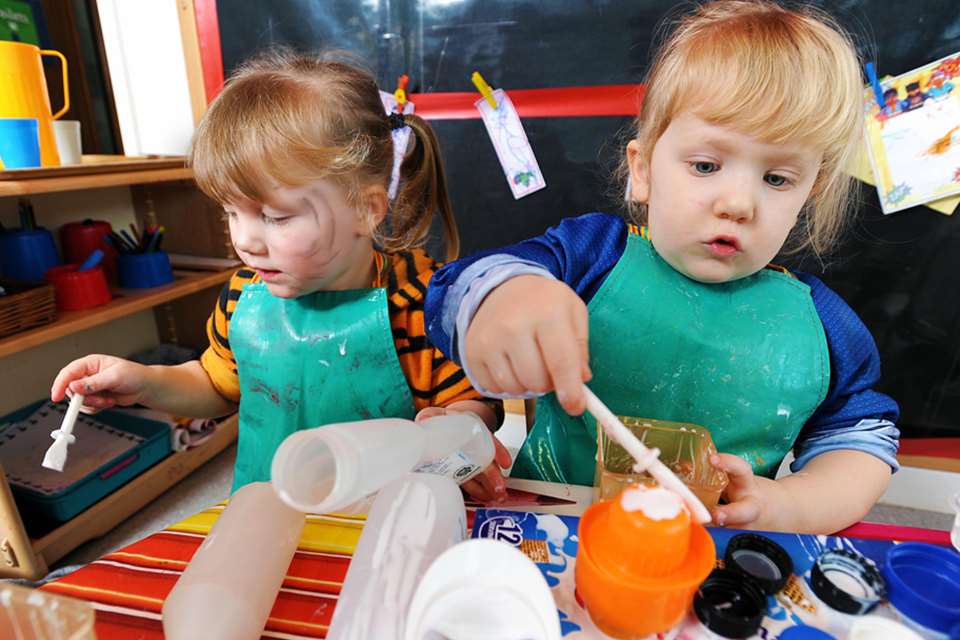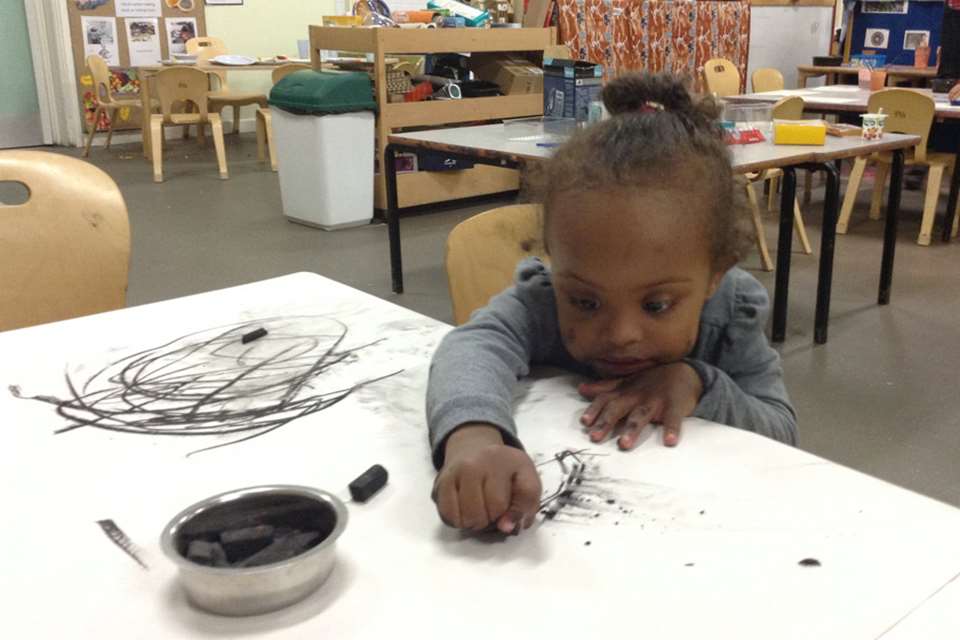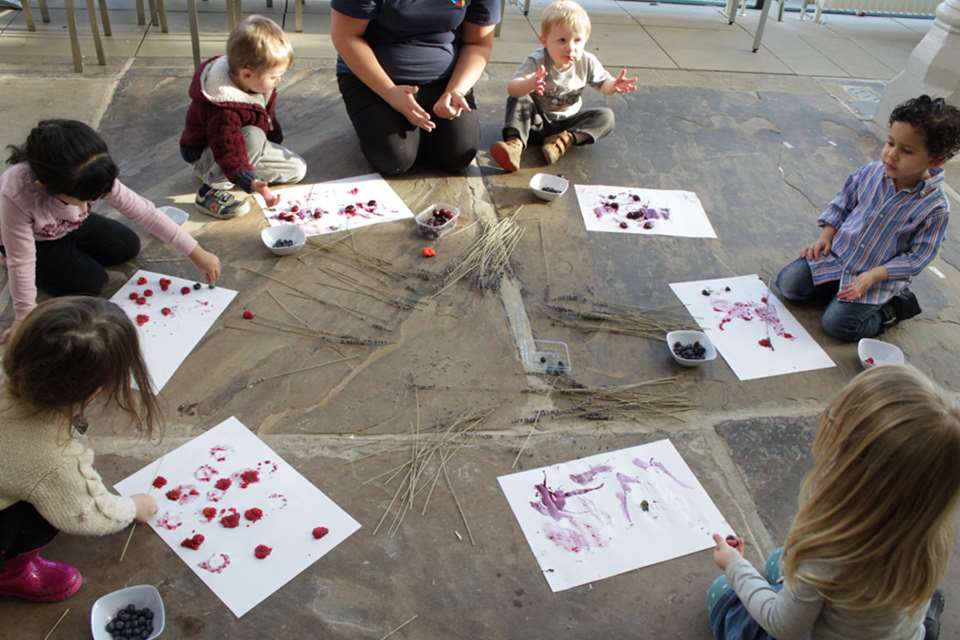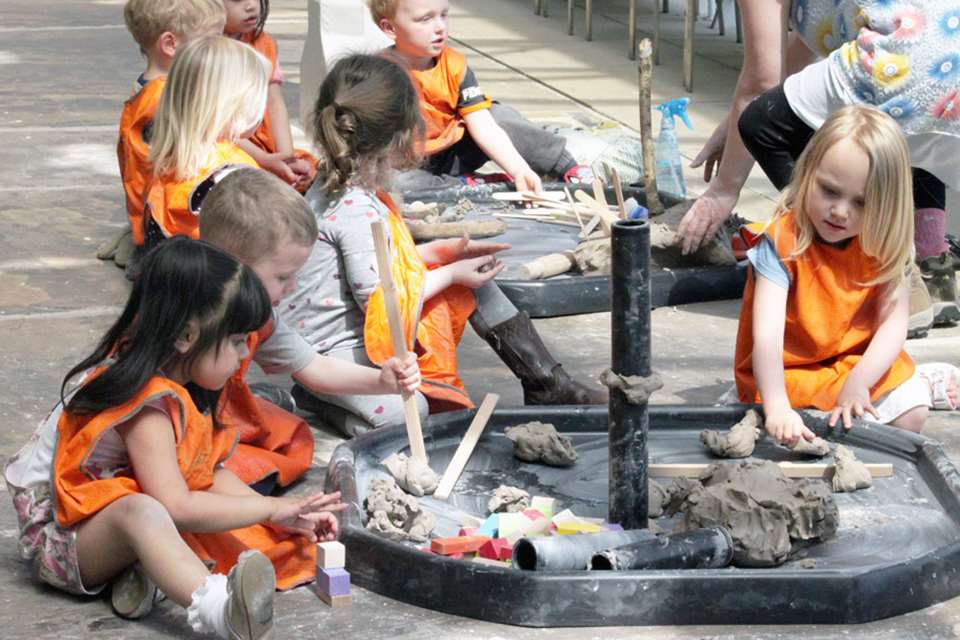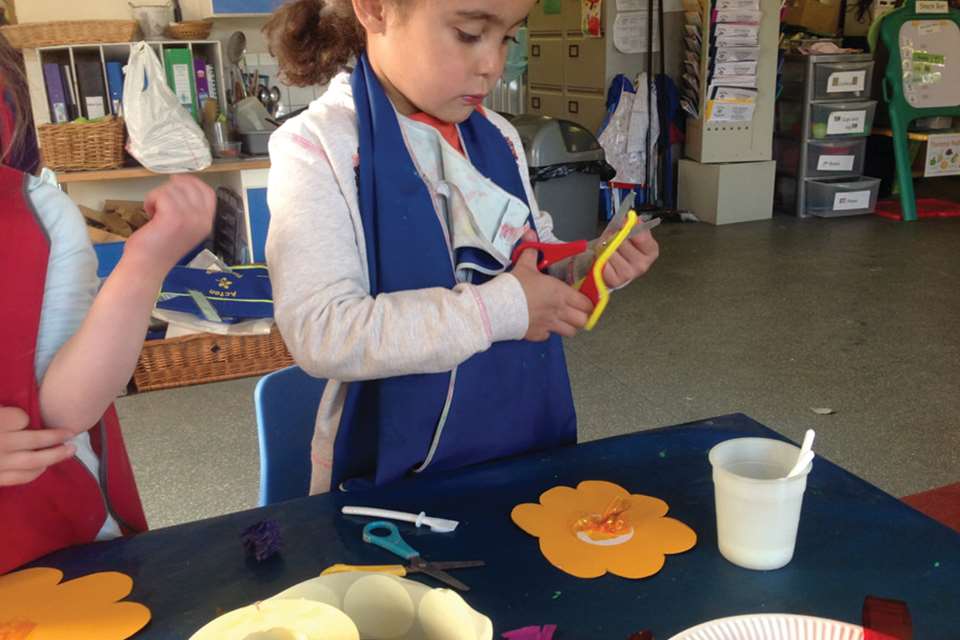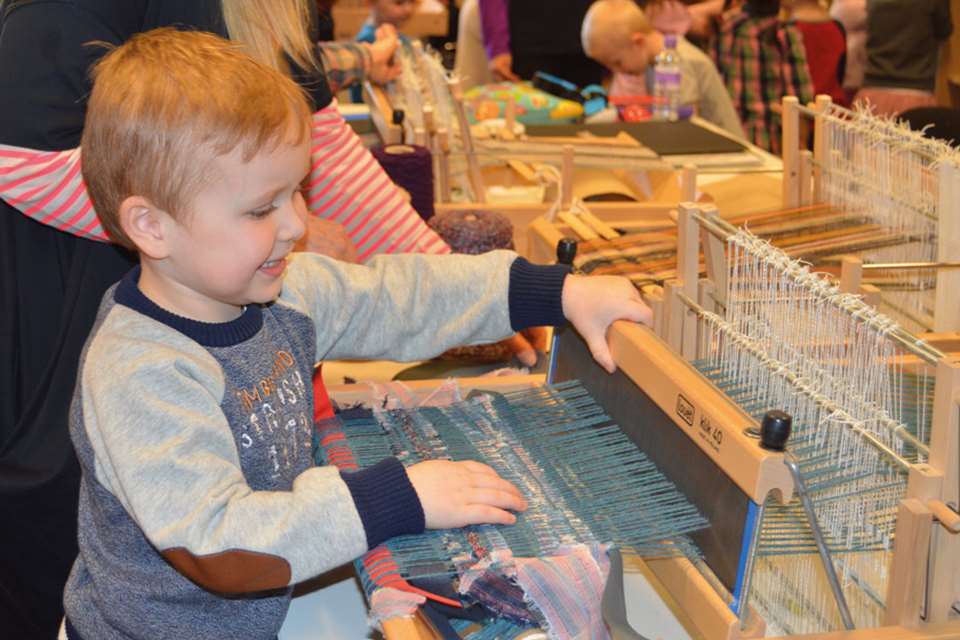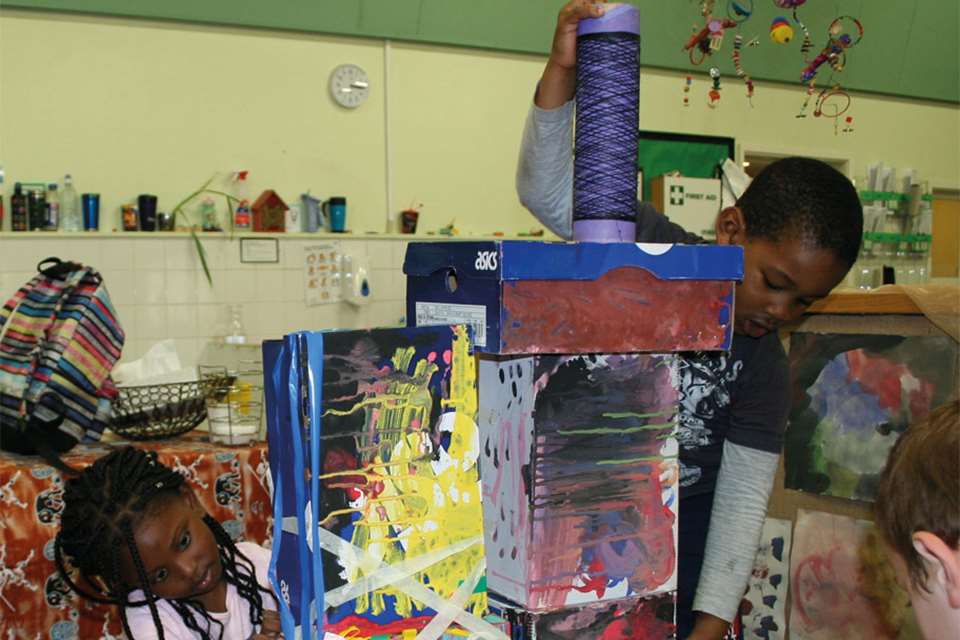Enabling Environments: Collections - Touch wood!
Nicole Weinstein
Monday, September 19, 2016
Nicole Weinstein explores the benefits of working with wood, provides some tips on safety, cites the key resources needed and details where to go for more help
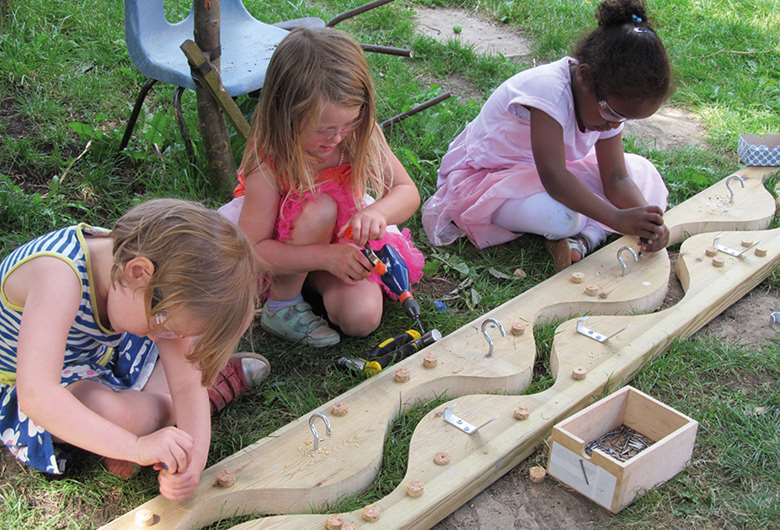
Woodwork is a powerful tool for developing children’s creative and problem-solving skills. Through trial and error, they develop the ability to think critically, while mastering a new skill that provides countless opportunities to express their limitless imagination.
Artist educator and early years trainer Pete Moorhouse introduces pre-school children to woodwork in early years settings across the country, including Bristol-based St Werburgh’s Park Nursery School and Children’s Centre, where he is artist-in-residence. He says, ‘I’m passionate about the depth of learning it inspires, encompassing creative and critical thinking, maths, scientific investigation, physical co-ordination, language and vocabulary. It is also an activity that children greatly enjoy. For some, it is even the key that unlocks their excitement in learning.’
MANAGING THE RISKS
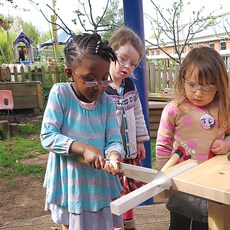
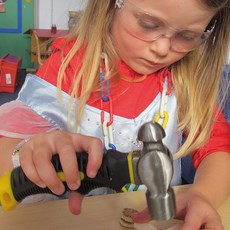 A lack of knowledge of woodwork and how to use tools safely leave many practitioners hesitant about getting involved. However, says Mr Moorhouse, ‘Woodwork is actually a low-risk activity when introduced and supervised correctly. In 12 years, I have only had two children get tiny surface cuts, more minor than regular playground scrapes. Woodwork allows children to experience risk in a controlled situation, providing opportunities for making judgements and learning to self-risk-assess.
A lack of knowledge of woodwork and how to use tools safely leave many practitioners hesitant about getting involved. However, says Mr Moorhouse, ‘Woodwork is actually a low-risk activity when introduced and supervised correctly. In 12 years, I have only had two children get tiny surface cuts, more minor than regular playground scrapes. Woodwork allows children to experience risk in a controlled situation, providing opportunities for making judgements and learning to self-risk-assess.
‘One of the most remarked-upon observations from practitioners is the depth of children’s engagement. They often persist at challenging woodworking tasks for extended periods, so woodwork can be seen to help develop sustained concentration.
‘There are two layers to their concentration and focus – one with the need to concentrate due to the nature of using tools, and secondly, as they are keen to construct there is deep-level thinking and problem-solving as to how best join and make their desired project.’
It is well worth overcoming any apprehension, he believes. Beyond the early years curriculum, woodwork is a valuable skill for life. Many children will need to use tools for work or in the home and it is important to teach children the value of repairing and making, rather than consuming and disposing. Children feel both valued and a sense of responsibility when they are given the opportunity to work with real tools.
CORE PROVISION
When deciding how to structure woodwork in your setting – and whether or not to make it part of core offering – it is important for practitioners to ask themselves, ‘Do we want all the children to experience woodwork and the associated deep learning and development?’
Mr Moorhouse says, ‘I often hear teachers say that they want to offer woodwork to their boys. But our experience has been that there is absolutely no gender bias towards woodwork – both boys and girls enjoy it equally, so I really believe that all children should have access to woodwork.’
Every setting has different constraints. How woodwork is offered depends on many factors such as available space, staffing ratios and the particular cohort of children. There are nurseries that make woodwork available every day, but have it set up in a location where it can be monitored easily. Other settings bring the equipment out on certain days.
Mr Moorhouse suggests teaching all children how to use a hammer, screwdriver, drill and saw and then let them choose if and when they want to do woodwork.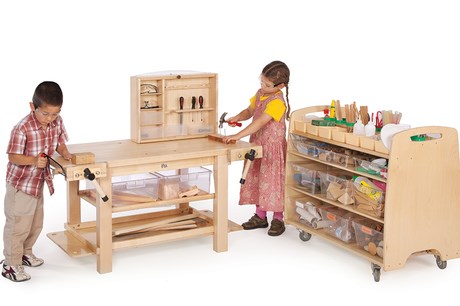
WOODWORK RESOURCES
A starter kit should include: hammers, screwdrivers, a saw, a hand drill and drill bits, workbench and lots of nails and screws.
Work surfaces
- An old table at child height makes a good work surface; alternatively, cover a table with a sheet of wood.
- Wood being sawn or drilled needs to be held firm so a sturdy workbench with a vice is ideal. See Community Playthings’ Basic Workbench, £340, or Complete Workbench, £585, at www.communityplaythings.co.uk (above). Also available is Cosy Direct’s Woodwork Bench, £229; Woodwork Table Top Block, £60; or the Workshop Shed, £395, which is a woodwork station and tool storage in one – all available at www.cosydirect.com (see below).
Hammers
- Provide two 8oz Stubby Ball Pein Hammers, which are perfectly suited to young children, and a claw hammer for removing nails, available from www.amazon.c
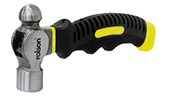 o.uk.
o.uk. - The Japanese nail puller (160mm) is by far the best tool for removing nails: £16.60 from www.quality-woodworking-tools.com/tools/Ice-Bear-Japanese-Miscellany.html.
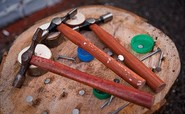
- Cosy Direct stocks a range of hammers for different purposes. Try the set of three Short Hammers, £4.95; the pack of ten Wooden Hammers, £6.95; or the pack of three Plastic Hammers, £7.95, which are useful for practising hammering. A Hammer and Nail Complete Set, £34.95, is available from www.tts-group.co.uk
Safety glasses
JSP Junior Stealth 7000 safety spectacles, £2.15 each for orders of ten and over, from www.rapidonline.com/facilities/junior-laboratory-spectacles-72695 – also available from www.thesafetysupplycompany.co.uk.
Saws
- A small Japanese saw is a great addition and very easy for children to use, cutting on the back stroke. Japanese saws generally have teeth on both sides, but on the Ice Bear Japanese Small Dozuki Tenon Panel, from £26.99 on www.amazon.co.uk, the top edge is smooth.
- See also the Bahco Handsaw, £7.99, from www.amazon.co.uk.
- Drills and screwdrivers
- Hand drills and Draper Pistol Grip Hand Drills can be bought for £10-15, along with Drill Bits (short stubby ones, 3-4mm), £5 from www.amazon.co.uk or Bristol Tools (mail order, tel: 0117 9247413).
- Cosy Direct sells Pistol Grip Drills for £9.99 and Brace Drills for £11.99. Also available are Screwdrivers, four pack, £2.99, and the Real Woodworkers Starter Kit, £27.99.
Balsa wood
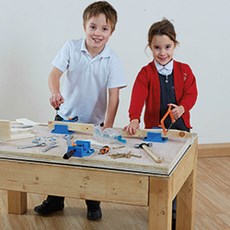
Try the Balsa Cabin, balsacabin@hotmail.com, tel: 01621 859711; Fred Aldous, sales@fredaldous.net, tel: 0161 2364224; and Consortium, tel: 0845 330 7780. Or the Balsa Offcuts Pack, £11.99, and Softwood Offcuts, £6.99 – both available from www.cosydirect.com.
Nails and screws
To start with, use 25mm round nails with a head. A perfect size to use with balsa wood, they are easy to hold and great for gaining confidence. Once children have the skill, they can hammer away with any nail, but remember, the thicker the nail, the harder it will be to hammer into the wood.
Start with small screws. No 10s, ¾in in length, are perfect to make the task relatively easy. Always use crosshead screws as they are much easier to use than slotted screws. As children’s skills develop, introduce a selection of longer screws, available from any hardware store or online from sites such as www.screwfix.com. And don’t forget to stock up on tape measures, rulers and sandpaper.
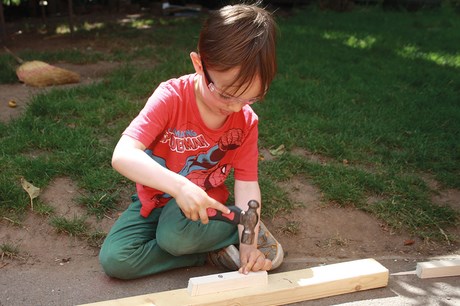
CASE STUDY: ST WERBURGH’S PARK NURSERY SCHOOL, BRISTOL
Children at St Werburgh’s Park Nursery School in Bristol have access to woodwork as part of the setting’s core provision. Class teacher Liberty Fletcher-Gardiner explains, ‘We have a workbench with an integrated vice and storage for tools, wood and resources that we share with the three other nursery rooms. The workbench is usually outside with a table to the side of it, on which we lay out the wood and other resources such as beads and corks. However, some children prefer to work indoors so we move it between locations.
‘When I first introduced the children to woodwork, I talked the class through the safety aspects and showed them the tools, which we then tried out in small groups of three. Now children are free to access woodwork when they choose.
‘It has been a huge success. Children now work largely independently, but always with an adult on hand to talk through their ideas and problem-solve. One child, who spent a lot of time alone, has come out of himself. His language skills have developed and he’s much more confident to try new things.
‘This week, he spent the morning working on a creation. He picked up two pieces of balsa wood, examined them and said they were going to be the legs. He then put them in the vice and chose another thin piece of wood. He said, “I’m going to make a dragon.” I watched him try to connect the piece of wood to the legs with a nail. It wasn’t working, so I asked him to look at the depth of the wood and the size of the nail. He realised he needed a bigger nail and when it worked he was really proud of himself.
‘He then chose some small pieces of wood for wings and tried to screw them in with a screwdriver but it didn’t work. So, we worked out a plan to fasten the wings. When he finished it, he decided he didn’t want to keep it so he took it apart and put all the pieces back into their places and moved on to make a dinosaur.
‘This extended level of concentration is not isolated to this child. All children, of both genders, participate in woodwork with the same levels of concentration. Their levels of critical thinking and ability to manage their own risks have increased tenfold due to working with wood, and it’s built up their fine and gross motor control.’
MORE INFORMATION
Training from Pete Moorhouse (www.irresistible-learning.co.uk, studio@petemoorhouse.co.uk) provides hands-on guidance on how to set up an area, which tools and wood to buy and how to introduce them safely. His book can be downloaded at: www.communityplaythings.co.uk/learning-library/training-resources/woodwork-in-the-early-years
INTRODUCING WOODWORK SAFELY
- Position your woodwork area in a space, indoors or outdoors, that is free of distractions.
- Provide a sturdy bench for sawing and storage for tools.
- Invest in ergonomic tools for children (see resources).
- Use balsa wood initially, as it is soft and easy to hammer nails into. Pieces of 25cm x 25cm are perfect for learning to saw, while thin sheets (3-4mm) that can be cut into smaller sections are good for joining together with nails or screws.
- Explain why safety glasses must be worn at all times, and remind the children that tools have a purpose and are not toys.
- Provide each child with proper instruction in the basic skills – 1:1 for sawing and 1:3 for introducing other tools. Start with hammering a nail into wood, then screwing, drilling and finally sawing. Support when necessary and offer encouragement and praise for their efforts. Children may be apprehensive initially, as it will be a new experience and may involve tools that they were previously told not to touch.
- When a child is sawing, check the wood is tightly clamped in the vice and stand in the area to avoid another child getting too close or watching from the front.
- Once children have acquired the basic skills, they can move on to soft woods such as pine, larch and spruce. To check if the wood is soft enough, try to make a slight indent with your fingernail.
- Avoid: hardwoods, which are difficult to hammer nails into; plywoods, which tend to splinter; and any wood treated with preservative. (Also avoid cutting MDF in the setting due to the dust.)
- Talk about the nature, origins and uses of wood. Encourage investigation and critical thinking as children’s projects develop: why the saw gets hot; how hard to hit a nail; how to correct the angle of a nail or lever it out of a piece of wood.
- Provide a rich variety of interesting resources through which the children can express their imagination – such as beads, corks, fabric, string, all shapes and sizes of wood and plenty of nails and screws.
- Avoid directing the children. Let them use their imagination and find their own solutions to problems. They will be engaged because they are making what they want in the way they want.
- Work carefully (checking for splinters, etc) and tidily (returning tools to their proper place, picking up nails, etc – most D&T accidents are from trips).
- Always monitor the children carefully. You can relax the ratios once the children are confident in their skills but always operate 1:1 when using a saw, and when a child may have special educational needs.
- Ensure you know who your qualified first-aider is and where the first-aid kit is located.
NW SHOW
Pete Moorhouse will be among an array of top early years experts speaking at our masterclass and seminar programme at the NW Show 2017, in London on 3-4 February.
Drawing on past projects, his seminars will provide a mix of inspiration and practical advice on making the most of photography and woodwork in early learning.
Also in next year’s line-up of speakers are consultants Penny Tassoni, Alice Sharp, Dr Kay Mathieson, Stella Louis and Julia Manning-Morton. Topics include British Values, early maths and the Montessori approach to learning.
Professor Clancy Blair, of New York University (NYU), will be returning to co-present one of our masterclasses on ‘closing the gap’, with Professor C Cybele Raver, also of NYU and an expert in self-regulation.
For a full rundown, visit: www.nurseryworldshow.com/london


